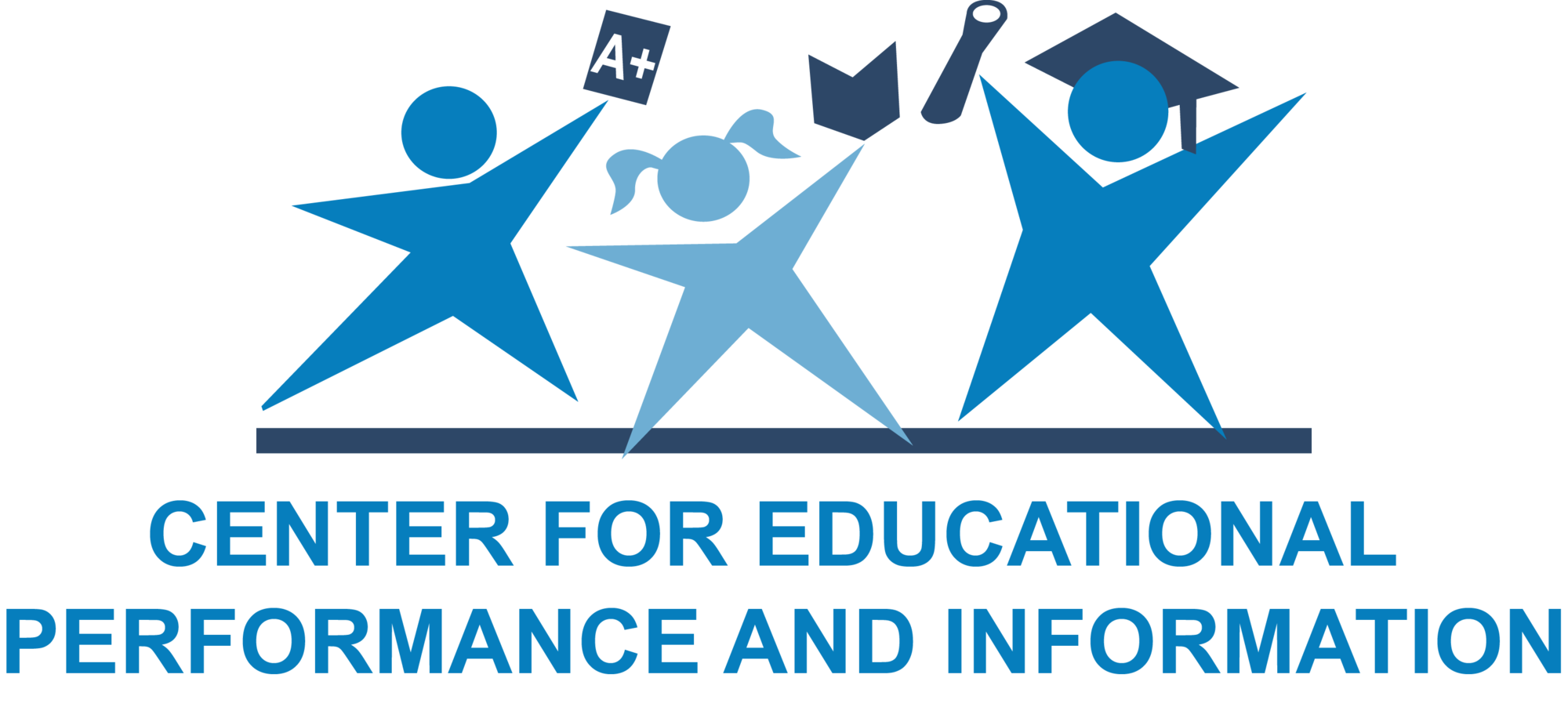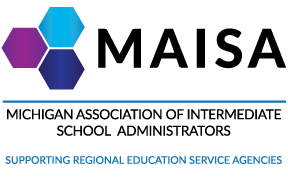December 2022 MICIP Continuous Communication
Michigan Department of Education sent this bulletin at 12/01/2022 04:09 PM EST |
|
Having trouble viewing this email? View it as a Web page. |
In this issue of MICIP Continuous Communication
This issue of MICIP Continuous Communication includes information about Release 2.5, an upcoming webinar on December 15, MICIP Process Guide, the MICIP User Group, selecting social emotional learning programs, the MICIP Collaboration Series, and much more!
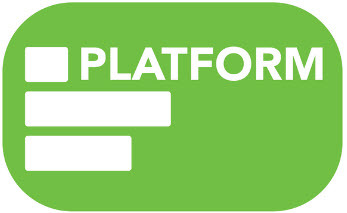 Release 2.5 - New Features
Release 2.5 - New Features
Tagging activities to buildings Instructions
Based on field request, a district can tag activities to buildings. This is a required step for existing plans. Below are two screenshots. Window 1 illustrates the message indicating that at least one building must be tagged for each activity. Once each activity has a tagged building(s), the message disappears.
To add buildings, click on the edit icon (pencil – see Window 2). A popup window will appear. You may select particular buildings by clicking on the box next to the building name or select all.
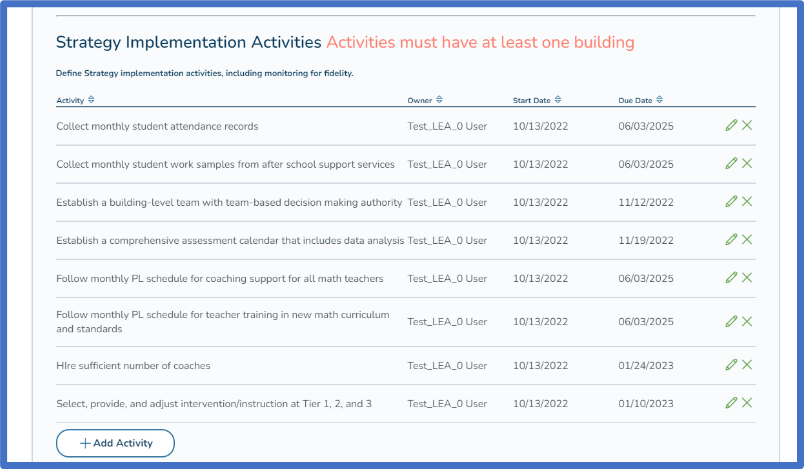
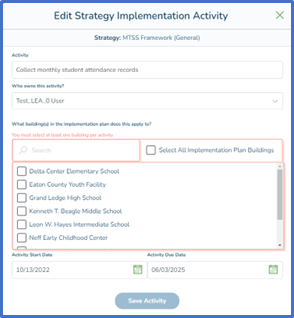
Change Data Story Questions to include an equity lens
As with district planning, MICIP also evolves using the continuous improvement process. With each release we have added new features and improved existing ones. In this current release, an improvement has been made to the data story section of the platform. Because previous questions lacked a focus on equity, with the help from statewide expert on diversity, equity, and inclusion we have adjusted the questions under the Questions for Consideration link in the Initial Initiative Inventory and the Data Story Summary sections to include such a lens.
It is not required that a district consider the new questions and adjust its current data story; these questions are available when creating future plans. However, a district might wish to consider the new questions in applying an equity lens to its current plan.
 December 15 Webinar – Monitor and Adjust Process
December 15 Webinar – Monitor and Adjust Process
In response to requests from the field, MDE MICIP leads will be presenting a webinar from 10:00 – 11:30 am on Thursday, December 15 on the Monitor and Adjust Processes.
The presentation will include a review of the ideas in monitor and adjust as well as how to navigate monitor and adjust in the MICIP platform. There will also be an opportunity for questions and answers.
It will be recorded for those not able to attend. Connection information is as follows:
- https://us06web.zoom.us/j/81106747146?pwd=VFJYSExneVNVNUcwblpobVVsa1BnQT09
- Meeting ID: 811 0674 7146
- Passcode: 51BM4Y
New Learning Bite: MICIP, A Systems Approach
The newest Learning Bite, MICIP: A Systems Approach, is now available on the MICIP website.
Districts are encouraged to consider writing systems goals as a way to address challenges common to multiple areas as well as a way to simplify managing and monitoring the continuous improvement plan. In addition, a district might consider systems goals as a way to address their current ASSIST goals that will be deleted from the MICIP Platform after the 2022-2023 school year.
Updated MICIP Process Guide
The October 2022 update to the MICIP Process Guide is now live.
MICIP User Group
The MICIP User Group met on November 7 to discuss monitoring fidelity in the continuous improvement plan.
The next meeting will be held on Monday, December 5 from 1:00 – 2:00 pm to hear from Dearborn Public Schools regarding their planning and monitoring process. Everyone is welcome.
- You can join us at this link
- Meeting ID: 853 2449 7741
- Passcode: wp5M2m
You will find the resources and recordings for the entire year at the User Group Dashboard .
Specific meeting invitations are sent based on the data in this survey. If you have not completed it, please do so to ensure that you receive the most up-to-date information. You only need to complete the survey once, not for each meeting.
Voices From the Field
At the November MICIP User Group, participants discussed the following:
What have been your successes with monitoring fidelity of implementation?
- Using a Google form for teachers to input each time there is an assessment leading to a summary spreadsheet
- Focusing on one goal with limited strategies and clear expectations
- Initial intentional and thoughtful planning means more intentional and thoughtful monitoring
- Being intentional about goal creation so that buildings can be intentional about implementation and monitoring
- Having broader system-level goals with the details at the strategy and activity level
- The MICIP platform helps us focus on what monitoring should be about
- Realizing that implementation is more than one person on a checklist. Having the right people at the table
- Utilizing the MTSS monitoring tools
- Having and following a regular monitoring schedule
- District and building teams must collaborate
- Being intentional about identifying the monitoring process as part of the planning process. Monitoring success is directly affected by how well-written strategies and activities are.
- Being honest about where we are
- Prioritizing activities
A number of participants mentioned the use of Google forms to collect data. If you have a format that worked particularly well for your district, please consider sharing it with the field by submitting it for inclusion in Resources From the Field on the MICIP website.
Resources can be submitted to Ben Boerkoel at boerkoelb@michigan.gov.
 MICIP Collaboration Series
MICIP Collaboration Series
MDE is again offering a four-part MICIP Collaboration Series allowing participants to engage with colleagues across the state as well as with their own district teams in the MICIP process.
This is a follow-up to the 2022 MICIP Collaboration Series and is intended to address the variation in readiness and capacity for districts across the state to engage in continuous improvement work. It also attempts to value the work districts have put into MICIP over the past several years.
The series provides choices for where to onboard with the learning and provides opportunities for district teams to learn and collaborate around their own MICIP plans.
The intended audience for the series is district and school leaders responsible for continuous improvement. This is inclusive of district and building administrators, teacher leaders, or other school staff. District readiness will dictate which sessions may be most appropriate.
The series will take place on alternate Wednesdays from 8:30—11:30 am using the zoom platform.
Dates and focus areas are as follows:
- Session 1 – February 1, 2023 – Continuous Improvement 101 - This is a condensed version of the previous collaboration series where participants build understanding of the current state of their own MICIP plans and have collaboration time to discuss areas of strength and improvement with their systems, processes, and plans. This session is primarily focused on those new to MICIP; however, everyone is welcome to attend.
- Session 2 – February 15, 2023 – Strategies and Activities - The first two hours will focus on strategies and activities while the final optional hour will focus on MICIP and the ’23-’24 Consolidated Application.
- Session 3 – March 1, 2023 – Monitoring and Adjusting – There will be two options based on readiness – an introductory level as well as a session for those that already have a good handle on the mechanics.
- Session 4 – March 15, 2023 – Two Flexible Options – Teamwork time or topical breakouts based on participant feedback from sessions 1-3.
Participants are welcome to attend the sessions that best fit their readiness and context. The ability to be present at every session is not a requirement for participation. SCECHs will be offered based on attendance.
Registration information will be available in the January Continuous Communication. In the meantime, please reserve the dates.
Statewide Field Team Newsletter
The Statewide Field Team is excited to share the SWFT monthly newsletter to support the implementation of systems, processes, routines, and strategies for continuous improvement.
 Considerations in Selecting a Social Emotional Learning Program
Considerations in Selecting a Social Emotional Learning Program
With all the funding available, districts can get inundated with vendors promoting their social emotional learning programs. How does a district decide what to implement? How does a district sift through all the options? It can be overwhelming. Here are things to consider when selecting/replacing programs:
1. Is the proposed social emotional learning program listed as an evidence-based program? For example: CASEL SELect or Promising program; What Works Clearinghouse and MiStrategyBank. When going into MiStrategyBank you can filter results by selecting:
a. Domain: non-academic
b. Categories: Social Emotional Learning; Behavior; Behavioral Health, Social Emotional Health and Mental Health
c. Top 10 Goal: Improve health, safety and wellness of all learners
2. Use the Hexagon Tool to determine:
a. Evidence: Is there data showing success in schools with similar demographics?
b. Usability: Has the program been successfully replicated, and do we know why?
c. Supports: Is there adequate training and post training support? Is it culturally sensitive? Is there buy-in from staff?
d. Need: Does it address the needs of our student population? What data are using to determine?
e. Fit: Does it fit with current district initiatives and family/community values?
f. Capacity: What are the financial and time costs associated with continued use of program?
3. Does the program include skill development that addresses all the following abilities:
a. To understand one’s own emotions, thoughts, and values and how they influence behavior across contexts.
b. To manage one’s emotions, thoughts, and behaviors effectively in different situations and to achieve goals and aspirations.
c. To understand the perspectives of and emphasize with others, including those from diverse backgrounds, cultures and contexts.
d. To make caring and constructive choices about personal behavior and social interactions across diverse situations.
e. To establish and maintain healthy and supportive relationships.
4. Social Emotional Learning programs that include systems work:
a. Staff skill development
b. Parent-school-community partnership
c. Culturally and linguistically aligned with target audience
5. If you are already using an evidence-based program but are not seeing the results you feel you should be seeing, consider the following:
a. Are there new(er) staff who haven’t been trained? Do you have staff who need a refresher?
b. Are staff implementing with fidelity?
c. Is there ongoing support and technical assistance offered to staff during the implementation phase?
d. Do you have staff buy in and commitment?
e. Does the curriculum align with the district, family and community values?
f. Are there sustainability issues that impact the fidelity of instruction?
g. Are resources outdated and irrelevant to target population? Ex: are videos outdated and students cannot relate?
h. Consider revising the Hexagon Tool to help identify barriers to success.
Please share Continuous Communication
Please feel free to forward Continuous Communication to anyone you feel would like to receive information and updates about MICIP. To subscribe or unsubscribe, please click on this link.
Previous issues of MICIP Continuous Communication are available on the MICIP web page.
Feedback is Essential for Continuous Communication!
Have a question, an idea, a suggestion, or a compliment? The MICIP team is always eager to hear your feedback! Send us an email using the MICIP email address (mde-micip@michigan.gov).


